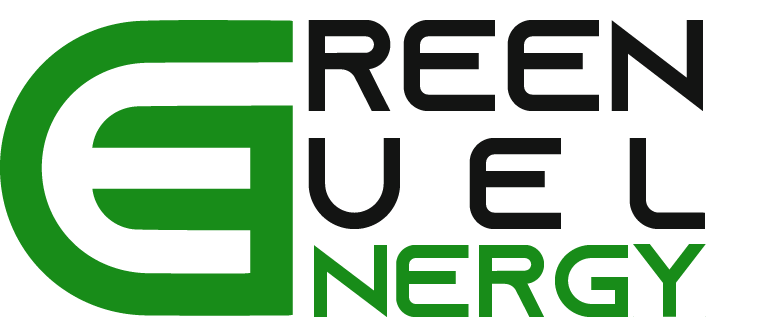1. Solar Energy Costs: Continuously Declining
One of the most significant trends in solar energy is the continuous decline in the cost of solar panels and installations. Technological advancements, economies of scale, and increased competition have driven down the price of solar power, making it more accessible to homeowners, businesses, and governments. The falling costs have led to rapid growth in solar installations worldwide, with solar energy now often the cheapest source of electricity in many regions.
2. High-Efficiency Solar Panels
Efficiency is a critical factor in the solar energy industry, as higher efficiency means more electricity production from the same amount of sunlight. Recent advancements in solar panel technology have resulted in panels with record-breaking efficiency levels. Innovations like bifacial solar panels, perovskite solar cells, and multi-junction solar cells are pushing the boundaries of what is possible, promising greater energy yields and more compact installations.
3. Energy Storage Integration
Energy storage solutions, such as batteries, are becoming increasingly integrated with solar installations. These systems store excess energy generated during the day for use at night or during cloudy periods, enhancing the reliability and flexibility of solar power. As battery technology continues to advance and prices drop, energy storage is expected to play a pivotal role in the widespread adoption of solar energy.
4. Smart Solar Technologies
The integration of smart technologies and artificial intelligence is transforming solar energy systems into highly efficient and responsive networks. Smart solar solutions use real-time data analytics to optimize energy production, predict weather patterns, and improve system performance. These technologies maximize energy generation and reduce operational costs, making solar power more reliable and cost-effective.
5. Solar-Plus-Storage Microgrids
Microgrids are localized energy systems that can operate independently or in conjunction with the main grid. Solar-plus-storage microgrids combine solar energy with energy storage solutions to create resilient and self-sufficient energy networks. These microgrids are especially valuable in remote areas, disaster-prone regions, and communities looking to enhance energy security and reliability.
6. Community Solar Projects
Community solar projects are gaining popularity as a way for individuals and businesses to access the benefits of solar energy, even if they cannot install solar panels on their own properties. These projects involve shared solar installations, where multiple participants invest in and benefit from a single solar array. Community solar democratizes access to clean energy and can be particularly beneficial for low-income communities.
7. Floating Solar Farms
Floating solar farms, also known as floatovoltaics, are installations of solar panels on bodies of water, such as reservoirs and ponds. These projects not only make efficient use of available space but also offer advantages like reduced water evaporation and algae growth. As land becomes scarcer, floating solar farms represent a sustainable solution to meet energy demands.
8. Solar-Integrated Building Materials
Innovations in solar-integrated building materials are changing the way we think about solar energy. Solar roof tiles, solar windows, and solar facades seamlessly blend solar panels with architectural elements, making solar power an integral part of modern buildings. These technologies enhance aesthetics and energy efficiency, making solar energy a practical choice for new construction and renovations.
9. Corporate Renewable Energy Commitments
Many corporations are making ambitious commitments to transition to renewable energy sources, including solar power. This trend is driven by a combination of environmental responsibility, cost savings, and consumer demand for sustainable products and services. Large corporations are investing in massive solar projects, often purchasing power through power purchase agreements (PPAs) to meet their renewable energy goals.
10. Government Policies and Incentives
Government policies and incentives play a crucial role in promoting solar energy adoption. Many countries and regions offer tax credits, rebates, feed-in tariffs, and net metering programs to encourage the installation of solar panels. Additionally, governments are setting ambitious renewable energy targets, further driving the growth of the solar industry.
Conclusion
Solar energy is undeniably on the rise, driven by a convergence of technological advancements, market dynamics, and environmental imperatives. The trends outlined above are shaping the solar energy landscape, making it more affordable, efficient, and accessible than ever before. As solar power continues to gain momentum, it not only offers a sustainable and eco-friendly energy source but also promises economic benefits, energy independence, and a brighter future for generations to come. The path to a sustainable future is increasingly paved with solar panels, and the journey has only just begun.



